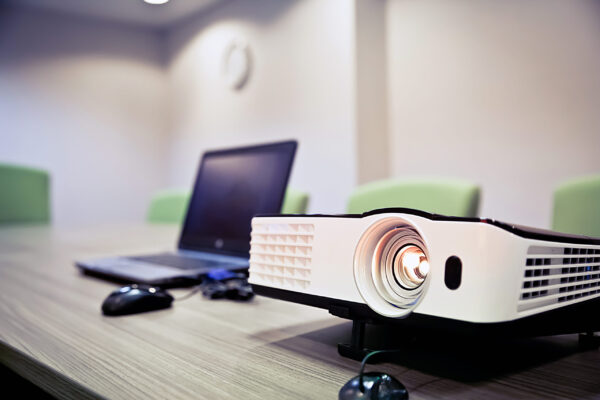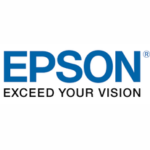Projectors
Home> Projectors

Projectors
Projectors are electronic devices used to display images, videos, presentations, or any visual content on a larger screen or projection surface. They utilize light and optical technology to project the content from a source onto a display area. Here is a detailed description of projectors:
-
Light Source: Projectors use various light sources to produce the necessary brightness for projection. Traditional projectors often employ lamps, typically high-intensity discharge (HID) lamps or incandescent bulbs. More modern projectors utilize light-emitting diodes (LEDs) or laser technology, offering longer lifespan, energy efficiency, and improved color accuracy.
-
Display Technology: Projectors utilize different display technologies to create the projected image. The most common types include:
a. LCD (Liquid Crystal Display): LCD projectors use three separate LCD panels to generate and control the colors of the projected image. Light passes through these panels, which selectively block or allow light to pass, creating the desired image.
b. DLP (Digital Light Processing): DLP projectors employ a microchip with an array of tiny mirrors. Each mirror represents a pixel and can tilt towards or away from the light source. By reflecting or not reflecting light, the desired image is created.
c. LCoS (Liquid Crystal on Silicon): LCoS projectors combine the technology of LCD and DLP. They use liquid crystals on a reflective surface to produce the image. LCoS projectors are known for their high contrast ratios and smooth image reproduction.
-
Resolution and Image Quality: Projectors come in various resolutions, ranging from standard definition (SD) to high-definition (HD), Full HD (FHD), and even 4K Ultra HD resolutions. Higher resolutions provide more detail and sharper images, particularly when projecting larger screen sizes or viewing content with fine details.
-
Brightness and Lumens: Projector brightness is measured in lumens, which indicates the amount of light output. The required brightness depends on the ambient light conditions in the projection area. Higher lumens are necessary for well-lit environments, while lower lumens may suffice for darkened or controlled lighting conditions.


Benefits of Projectors
Projectors feature various input options to connect to video sources. These may include HDMI, VGA, DisplayPort, USB, or wireless connectivity options. The availability of multiple inputs ensures compatibility with a wide range of devices, such as computers, laptops, Blu-ray players, and gaming consoles.
Brand we use


Our Services
CCTV System
Fire Alarm System
PA System
Access Control System
Hand Dryers
Projectors
Audio - Video
Rodent Repellent System
Gas Detector
Intercom System - EPABX
Fire Fighting System
Switches
Cables
Door Interlocking
Water Leak System
Display
FAQ
What are the main types of projectors?
The main types of projectors include LCD (Liquid Crystal Display), DLP (Digital Light Processing), and LCoS (Liquid Crystal on Silicon) projectors. These technologies differ in how they create and display images.
What is the difference between LCD, DLP, and LCoS projectors?
LCD projectors use liquid crystal panels to control the light passing through them, DLP projectors use tiny mirrors to reflect light, and LCoS projectors combine liquid crystals with a reflective surface. Each technology has its advantages in terms of image quality, contrast ratio, and color accuracy.
What is projector resolution?
Projector resolution refers to the number of pixels used to display an image. It determines the level of detail and clarity in the projected image. Common resolutions include standard definition (SD), high-definition (HD), Full HD (FHD), and 4K Ultra HD.
Can projectors be used in daylight or well-lit environments?
Yes, projectors can be used in daylight or well-lit environments. However, brighter projectors or those with higher lumens are recommended to ensure the projected image remains visible and clear.
